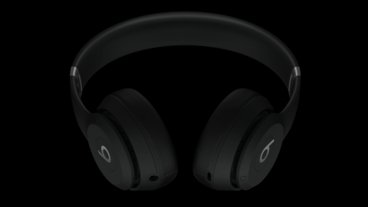Even with so many demonstrated use cases, Apple Vision Pro might not yet have a purpose
In the year 2023, it's hard to imagine there's still room for Apple to "disrupt" anything anymore, but the company aimed high with Apple Vision Pro and managed to set a new standard for what this segment can achieve.
Of course, Apple did it in a very Apple way. This new product, Vision Pro, is not cheap, is packed to the gills with features, and there's still a lot of room to grow.
Apple's showcase of the new Vision Pro headset was also busy, with the company trying to present just about every single way someone might use this expensive kit when it finally launches early next year. Whether it's in the house or at the office, Apple wants everyone to know they believe wearing a headset and making use of augmented reality is the future of "spatial computing."
Though, the company did also show in the same event why a headset might still be silly and intrusive, even as they tried to promote their first 3D camera system. A father wearing Vision Pro while interacting with kids, or at a birthday party, all so they can capture photos and videos. It's one of those demos that's hard to watch and not laugh at, even while we admit that, one day, this might just be how things are.
The easy question is to ask whether it really is or not, but it's also a question that can't be answered right now. Apple's making another expensive bet on the future, where computing will probably be not just in five or 10 years, but beyond that.
Which means for the people who plan to buy Vision Pro when it goes on sale early next year, it's all about field testing. Apple's obviously gone through rigorous tests of its own, and it believes it has rolled out the red carpet for perfect use cases.
Field testing the Apple Vision Pro
But we all know that changes when people actually get their hands on the things companies make. Even if it's simply broadening an initial idea, there's always room for evolution and tweaks to the process.
Which is essentially what Apple is doing to the whole AR headset segment as a whole, which, currently, is really being dominated by virtual reality headsets like Meta Quest 3 and PlayStation VR2. But Apple has long stood by the idea that augmented reality is the way to go, so the user isn't completely removed from the world around them.
Which is probably the best use case for Apple's Vision Pro headset, that ability to stay in the moment. Apple put in a lot of work to make sure that not only is the user aware of what's around them, even when they're knee deep in a project or playing a game, but also people who might be in the room with them, too.
It's a VR headset, but with the AR convenience.
EyeSight
The way the Vision Pro can "show" the user's eyes when someone walks into the room seems a little creepy at first, but that will go a long way to make the Vision Pro headset not completely intrusive. Yes, it will be distracting at first, but, eventually, especially as everyone in a home or office grows accustomed to seeing it, it will be just another piece of tech that some people find more useful than others.
The good news right out of the gate is that developers do seem excited about the possibilities of Apple's AR headset. With 24 hours past since the reveal, they seem more inspired than what they had in front of them with Microsoft's HoloLens headset, which definitely leaned on similar ideas.
Microsoft wasn't able to capitalize on any momentum with HoloLens at all, since it never really got any, much the same way that Microsoft's tablet initiative had no momentum until the iPad took it all.
Apple's extensive developer support will more than likely push Vision Pro into brand new territory Microsoft's effort simply wasn't able to reach.
Even Disney is getting involved, bringing Disney+ to the hardware at launch. It was a positive thing to see the company really showing off the potential for this headset as far as media consumption is concerned.
Being able to watch a football game, or hockey game, with the headset and get real-time information about players, and so much more, all while the game's still front-and-center is a cool idea. At the end of the day, it will be native support for the headset that ultimately leads to its success.
More uses cases, more adoption
But who is Vision Pro for? When it finally ships in early 2024, it will be for the folks who love being on the bleeding edge of technology, being the early adopter, and who don't mind being the guinea pigs for real world testing.
It's also for the folks who might want a full cinematic experience in their apartment's living room, because their space might not allow for a big TV, or a room-shuttering subwoofer, or even surround sound in general. It's for the gamers who might not want to take up the living room TV, but still want that big-screen experience.
It's for the folks who want multiple "screens" to get something done, but don't want to be chained to a desk. The individuals who want an all-in-one PC that offers a more immersive experience, instead of just staring at a computer monitor all day.
Vision Pro can even extend a MacBook's monitor, making a more routine experience a little more futuristic — even if it is not as exciting as the rest of the experience. But, limiting it to that shows a lack of imagination.
And one day, it may be the way surgeons train for new surgeries. It may be the way coaches can show an athlete how bending a particular way might impact a muscle, or how their jump shot can be tweaked and improved upon with more detailed diagrams.
Spatial computing might not seem inevitable to everyone, despite all the sci-fi stories out there telling us otherwise. If Apple's ready to start pushing the industry in that direction, it might not be too far off.
The hardware will only improve, costs will come down, and, eventually, we'll get to a point where it's not a big headset we're wearing on our faces, but just regular glasses.
If that's the dream, Apple is kickstarting it with Vision Pro, even if it's an expensive entry point. But that's nothing new from Apple — perhaps "Apple Vision" lacking "Pro" will make that dream more affordable in the next few years.
After all, Tim Cook said it was just the start of a whole new device category for Apple.
 Evan Selleck
Evan Selleck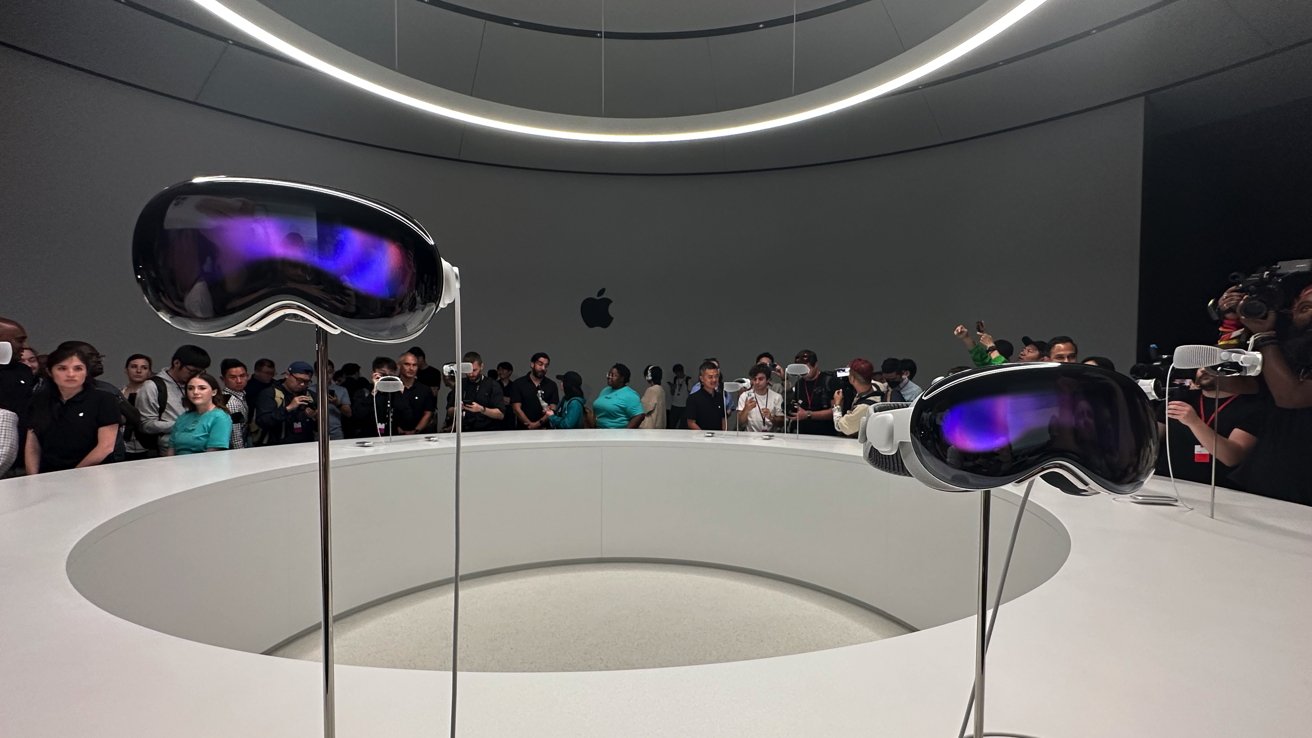
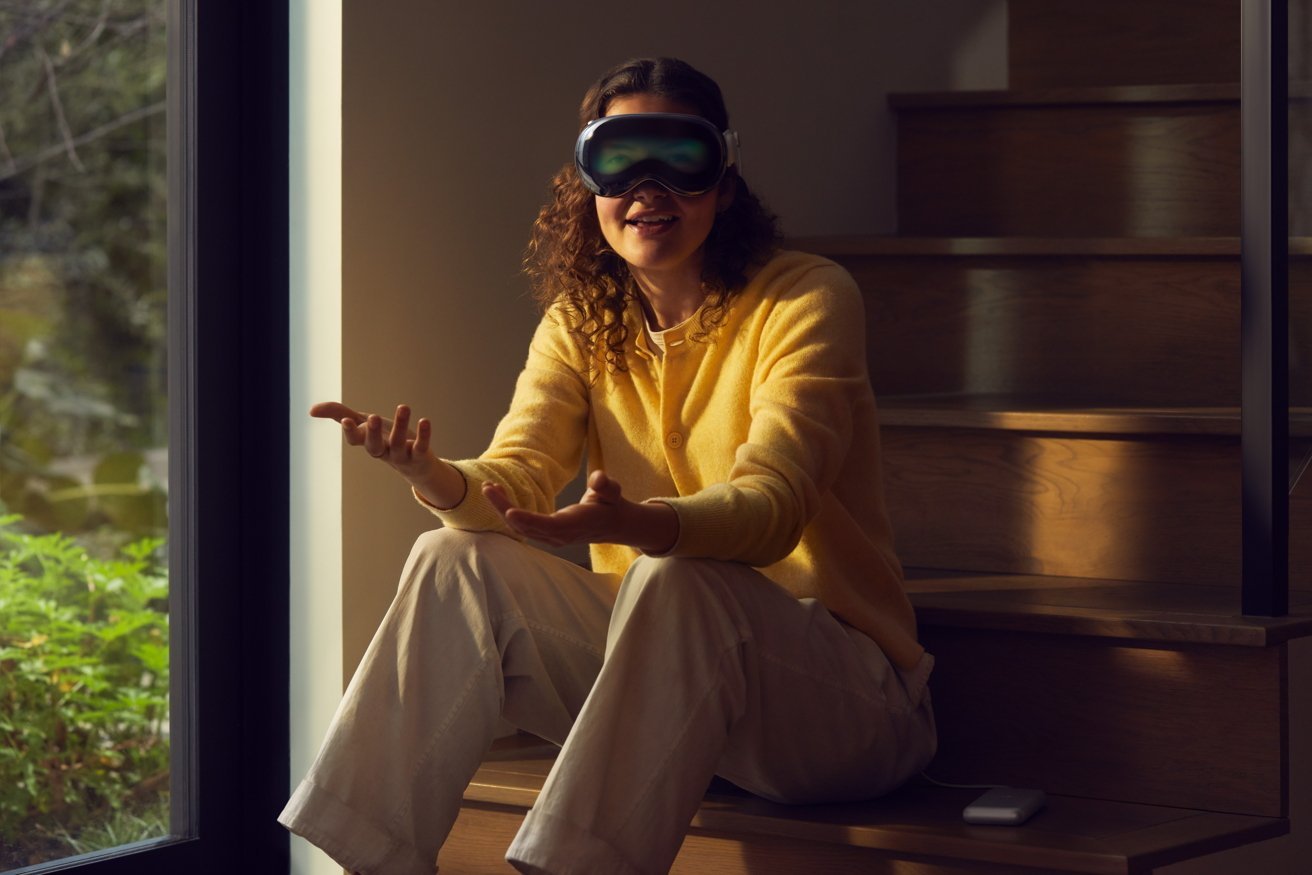
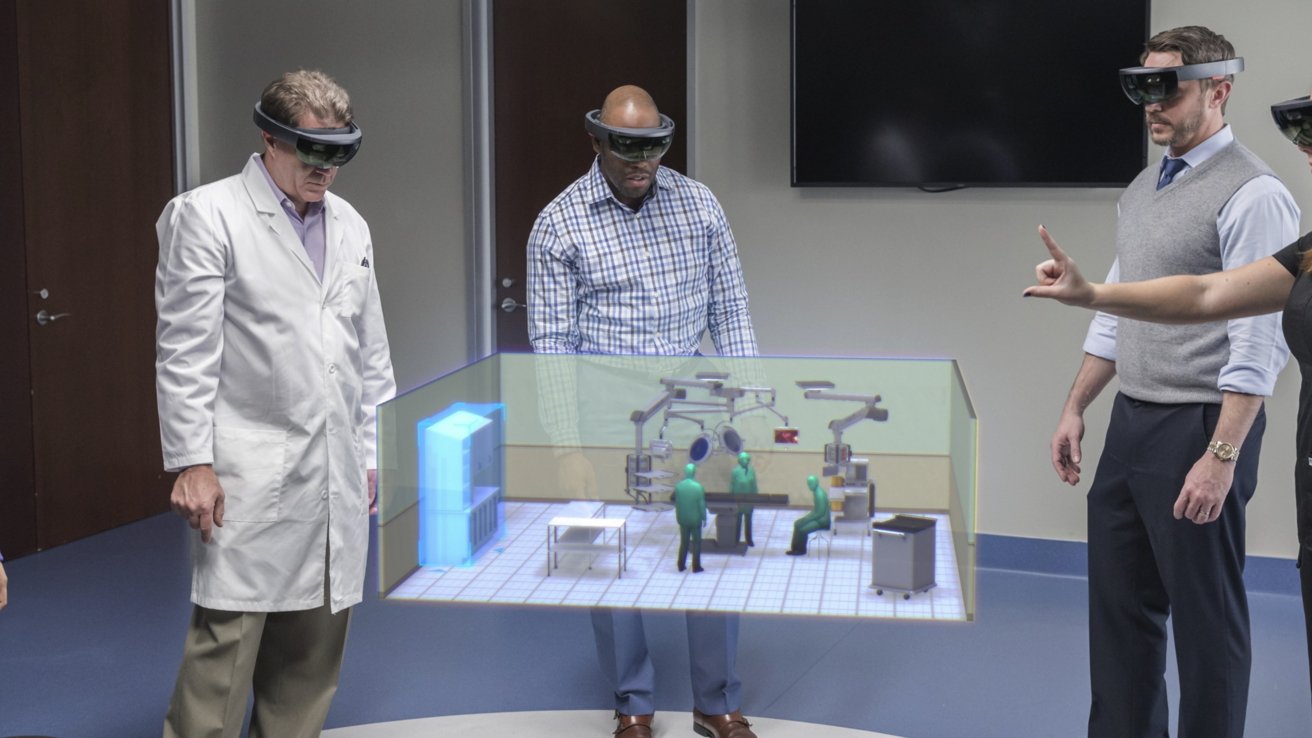
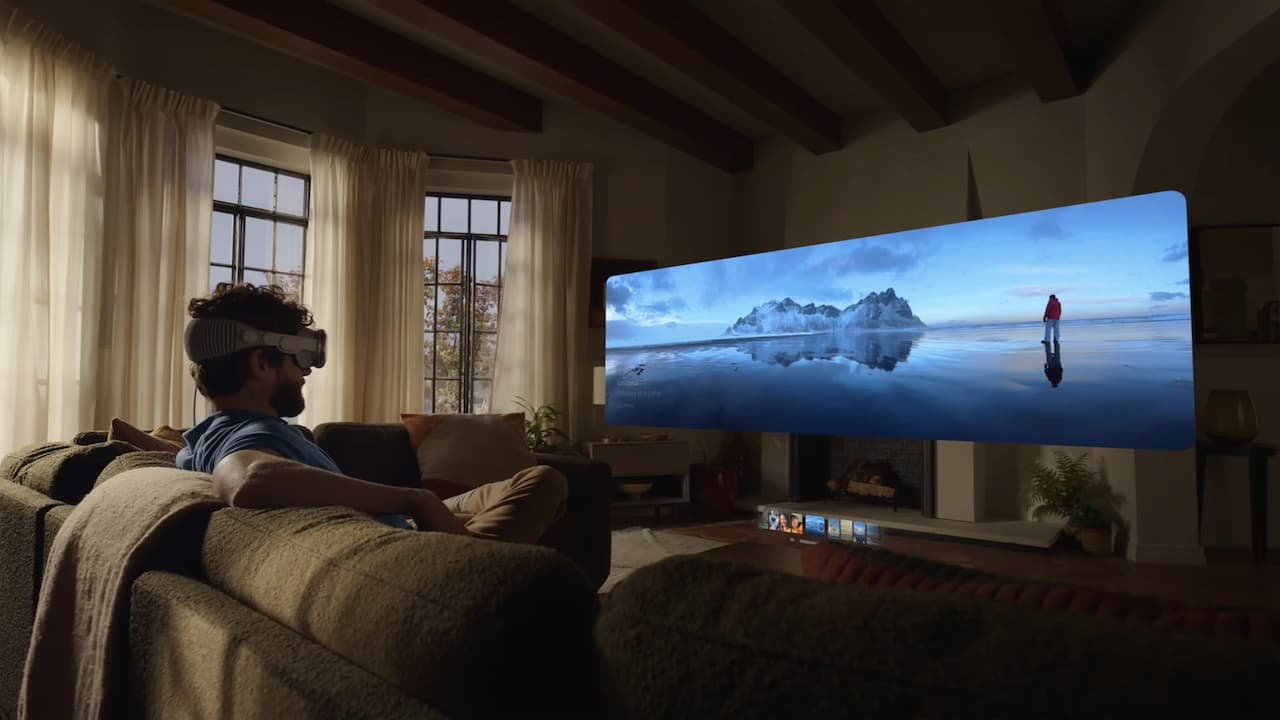











 Andrew Orr
Andrew Orr
 Malcolm Owen
Malcolm Owen

 William Gallagher
William Gallagher

 Mike Wuerthele
Mike Wuerthele
 Christine McKee
Christine McKee


